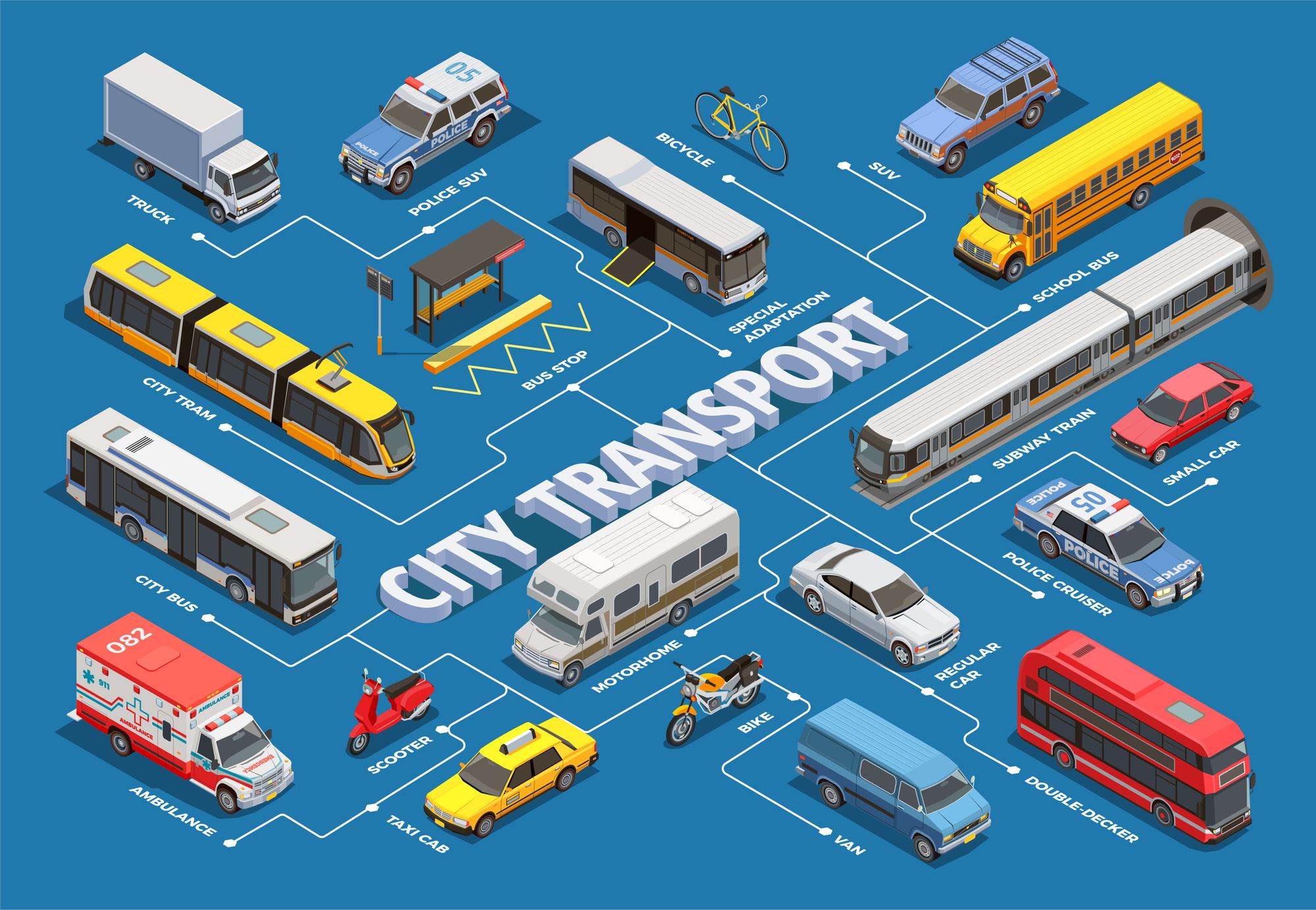In the fast-paced world of air transportation, safety and security are paramount concerns. With millions of passengers relying on air travel every day, it is crucial to understand the intricacies of ensuring a safe and secure environment. This blog post aims to provide a comprehensive overview of what safety and security mean in the context of air transportation, exploring various aspects and measures taken to maintain the highest standards.
- Defining Safety and Security in Air Transportation:
Safety in air transportation refers to the prevention of accidents and incidents that may result in harm to passengers, crew, or aircraft. It encompasses a wide range of factors, including aircraft design, maintenance, crew training, and air traffic control. On the other hand, security focuses on protecting passengers, crew, and aircraft from intentional harm, such as terrorism, hijacking, or sabotage. - Ensuring Aircraft Safety:
Aircraft safety starts with rigorous design and manufacturing processes. Manufacturers adhere to strict regulations and standards to ensure the structural integrity, reliability, and performance of aircraft. Additionally, routine maintenance, inspections, and repairs are conducted to identify and rectify any potential issues. Advanced technologies, such as real-time monitoring systems and predictive maintenance, play a crucial role in enhancing safety. - Crew Training and Competence:
The competence of pilots, cabin crew, and ground staff is vital for maintaining safety and security. Extensive training programs are implemented to equip them with the necessary skills and knowledge to handle various situations, including emergency procedures, crisis management, and security protocols. Regular assessments and recurrent training sessions ensure that the crew remains up-to-date with the latest industry standards. - Air Traffic Control and Navigation Systems:
Efficient air traffic control (ATC) systems are essential for maintaining safety in the skies. ATC controllers monitor and manage the movement of aircraft, ensuring safe separation and efficient routing. Advanced navigation systems, such as GPS and radar, provide accurate positioning and aid in collision avoidance. Continuous advancements in technology enhance the effectiveness of ATC systems, reducing the risk of accidents. - Security Measures and Protocols:
To address security threats, stringent measures are implemented throughout the air transportation system. These include passenger and baggage screening, access control to restricted areas, and surveillance systems. Collaboration between airlines, airports, and security agencies is crucial in sharing intelligence and implementing effective security protocols. Additionally, the use of advanced technologies, such as biometrics and facial recognition, enhances the efficiency and accuracy of security checks.
Conclusion:
Safety and security in air transportation are multifaceted and complex. The industry continuously strives to improve and adapt to emerging challenges. By prioritizing aircraft safety, maintaining competent crew members, implementing efficient air traffic control systems, and enhancing security measures, the aviation industry ensures that passengers can travel with confidence. As technology advances and new threats emerge, the industry must remain vigilant and proactive in its pursuit of excellence in safety and security.

